How to Forage for Milkweed
When I first read that common milkweed was edible, I was quite skeptical. I remember reading that Monarch butterflies ate the milkweed leaves not only for food but also for the poison that would render them inedible to predators. But the field guides are telling me it’s edible…hmmmm. After reading that common milkweed is edible in a number of different books, I decided to give it a try. Guess what? It’s delicious!
Foraging is an important skill to learn for preparedness, thrifty living, and self-sufficiency. Please use a reliable field guide to edible wild plants when you search for wild foods. Also, stop by and read my posts ‘Foraging for Burdock and Making Carduni‘ and ‘Growing Lambs Quarters in My Garden.‘
This post contains affiliate and referral links and advertising as a means to earn income. You won’t pay any extra but I may earn a small commission on qualifying purchases. As an Amazon affiliate, I may earn a commission on qualifying purchases. See my disclosures.
Make sure you have properly identified wild plants before you eat them! There are plants that could make you sick or kill you if you consume them.
Foraging Tips
Before you head out to gather wild edibles, like milkweed, make sure you keep safety in mind. Bring your cell phone, sunscreen, gloves, a knife or shears, and a bag for collecting plant material. Stay in areas where you have permission to forage. Bring a friend or tell someone where you are going.
Never sample plants until you’ve identified them properly with a good field guide to edible wild plants. Once you’ve made a positive ID, sample a very small amount at first, then wait a day or so before you try any more. This way you won’t get nearly as sick if you have an allergy or sensitivity to that plant. If you have allergies, bring your Epipen with you on outings. Watch out for poison ivy, poison oak, and poison sumac.
Only collect what you can use or preserve the same day you collect it, for the best quality and freshness. Learn how to freeze greens, like lambs quarters.
Leave Some for the Butterflies!
I only forage a small amount of the edible shoots in our area in summer. They aren’t overly abundant and I don’t want to harvest all of it, leaving the Monarch butterflies without enough nursery plants for their next generation. Usually, I only harvest the plants that will be mowed down, killing any larvae on them.
Each year I also save seeds from some wild plants to scatter around the edges of our property to start a new supply of these tasty plants. You can eat the tender young shoots, new growing tips of somewhat older plants, flower heads, immature seed pods, and the silk from mature pods for your table. I’m looking forward to trying the flowers, seed pods, and silk later this summer. If you like to plant flowers, these natives are a lovely addition to your landscaping.
Monarch butterflies favor Swamp Milkweed (Asclepias incarnata) or Common Milkweed (Asclepias syriaca) for laying their eggs.
Cooking Milkweed Shoots
If you were surviving out in the wild, you would probably just simmer the edible parts of common milkweed in a small pot of water or maybe roast it over a fire. Since I have the advantage of a stove, I chose to braise the shoots in a small amount of water and then added a drizzle of Thai peanut sauce for flavor. It was really good!
Peterson’s Guide to Edible Wild Plants recommends cooking the milkweed in several changes of water to remove the bitter flavor. I didn’t do this and found that there was no bitter flavor at all, as reported by Samuel Thayer in his book Nature’s Garden.
Have you ever eaten milkweed? Do you have a favorite way to cook it? Leave a comment!

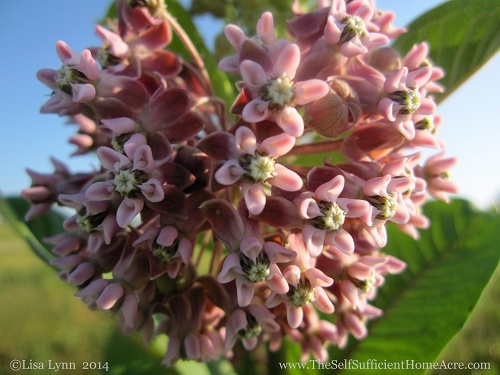
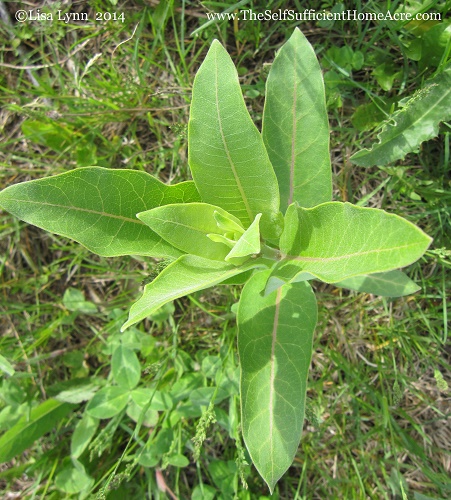
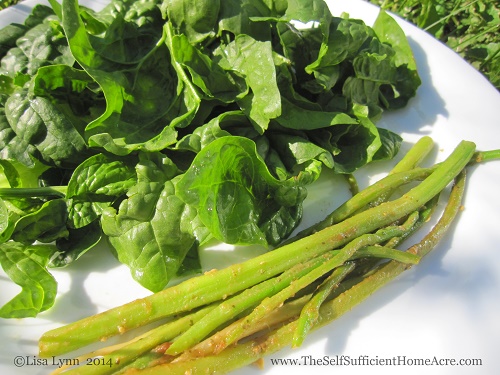
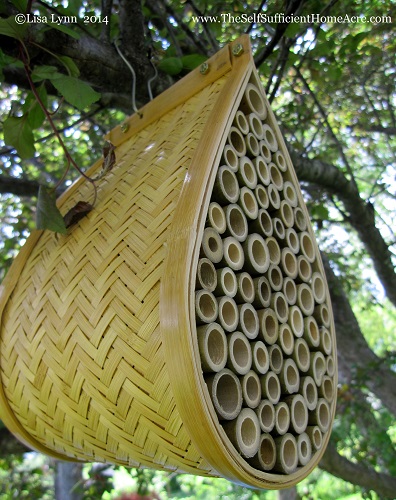
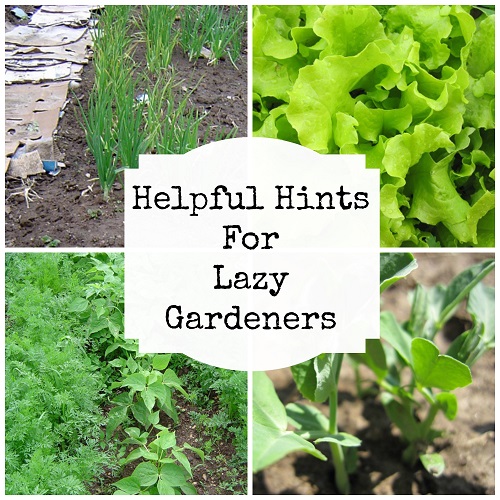
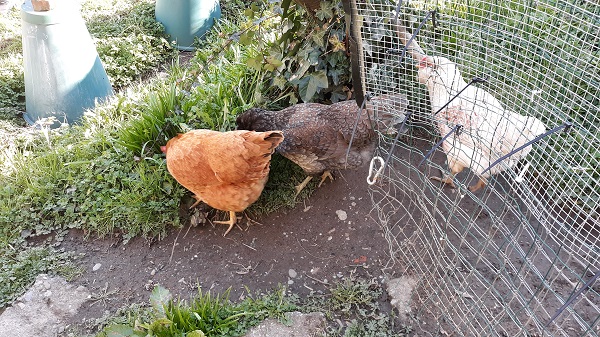
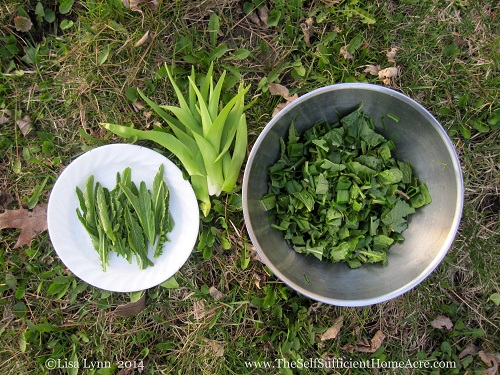


LOL, I just posted on eating milkweed, too. We boil the shoots, but only for 5 minutes, not the 20 minutes that Sam Thayer recommends. But I got the sense that he says that just to be on the safe side. I don’t find the young shoots to be bitter even when raw. I hope that means they are not harmful in moderate quantities. Boiling for 20 minutes ruins the texture.
Hey, great minds think alike, Janet 🙂 I didn’t cook that long either. I just cooked until tender. I also didn’t boil, just braised them in enough water to keep them from burning and sticking. I didn’t taste any bitterness either… And I am using stalks that are a bit older. Thanks for sharing you experience!
30 plus years ago, I had collected a big bag of the white fluff, minus the seeds from the seed pods to make a vest for my husband. There was an article in a magazine that showed how to use the white fluffs instead of down as filling in the vest. At the time I thought it was going to be the perfect Christmas gift . Many moves with unfinished projects over the years it never did get completed. Needless to say I still get reminded that I never finished that vest. Enjoyed your article, never knew I should have been eating them !
Well, I can’t point any fingers at people for unfinished projects, Di! Lol! But it sounds like a great idea. I think I read that they used the fluff for life preservers too.
Samuel Thayer reports that adding the milkweed fluff to foods gives it a cheesy texture. I want to try it! 🙂